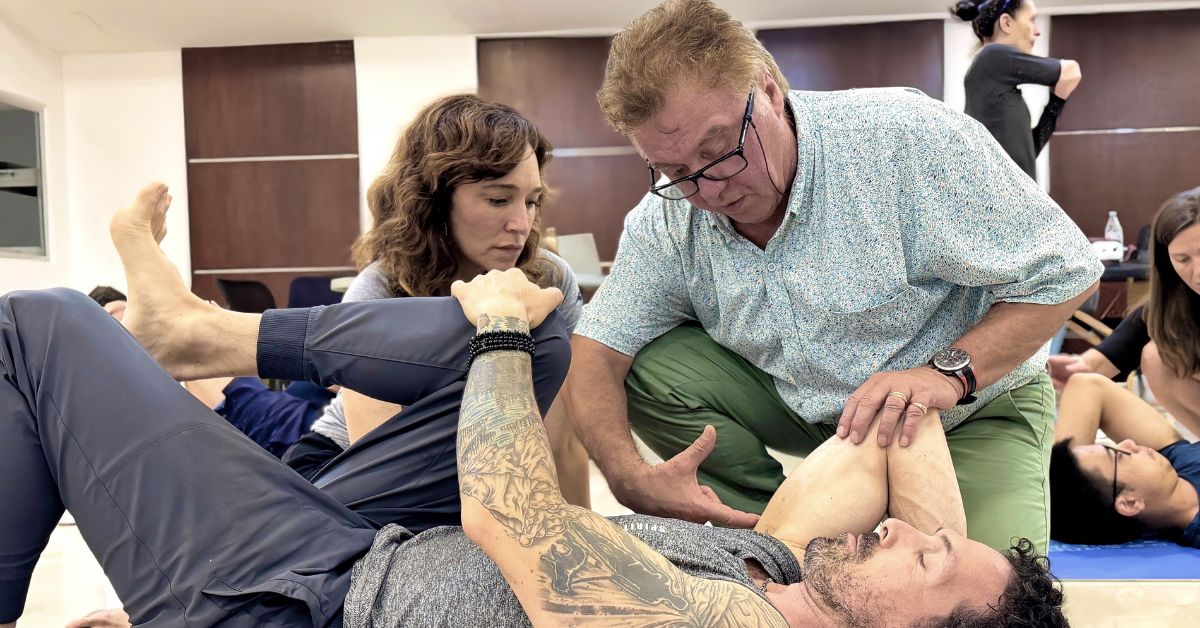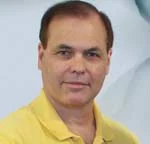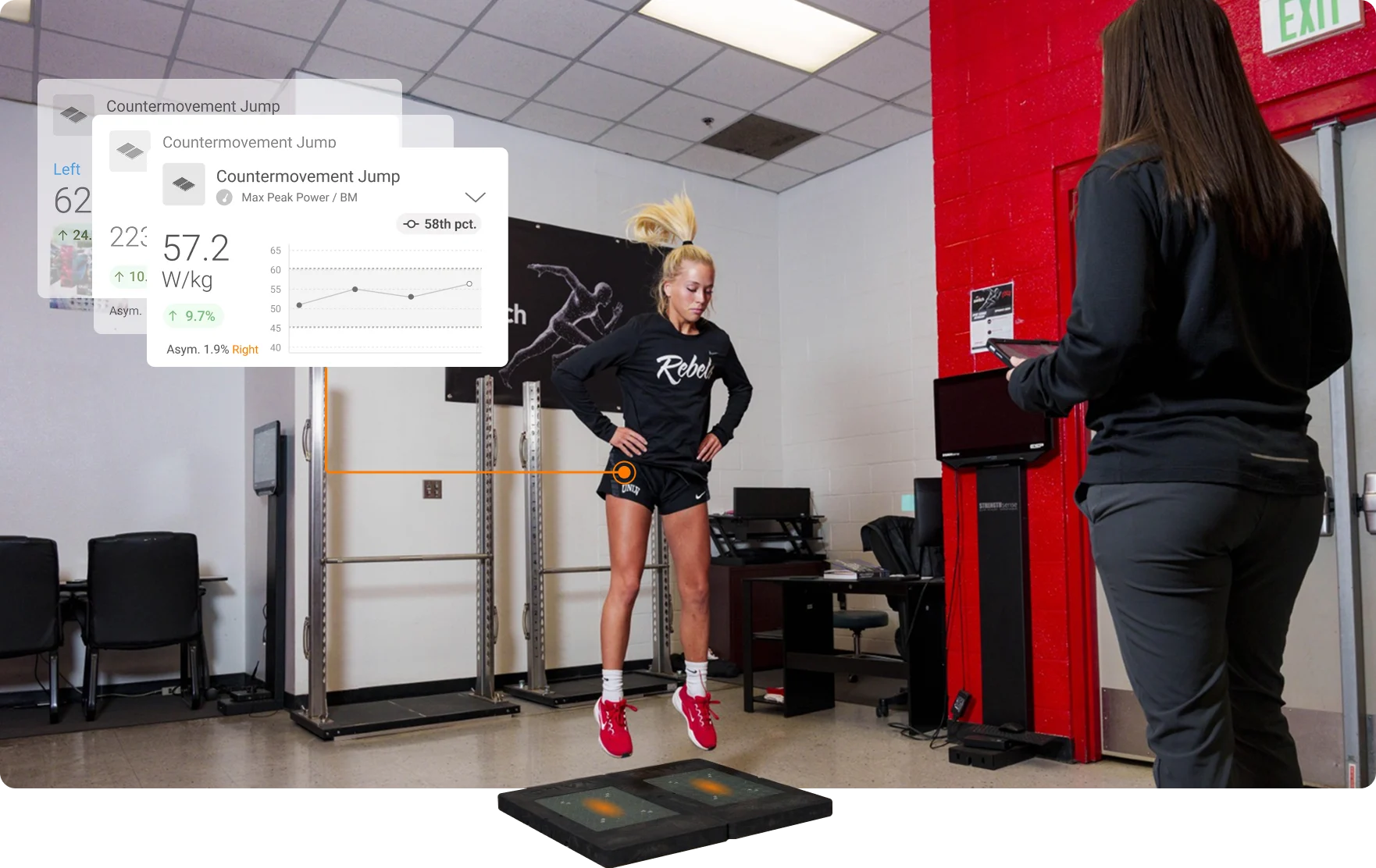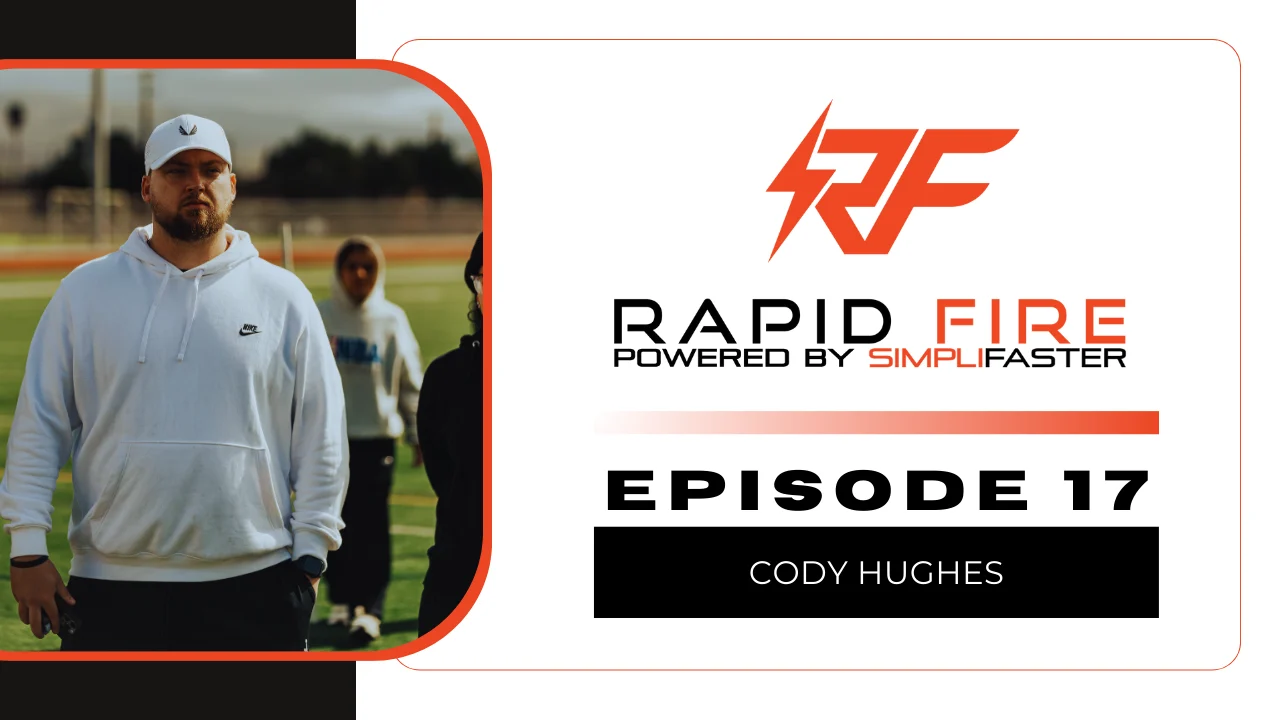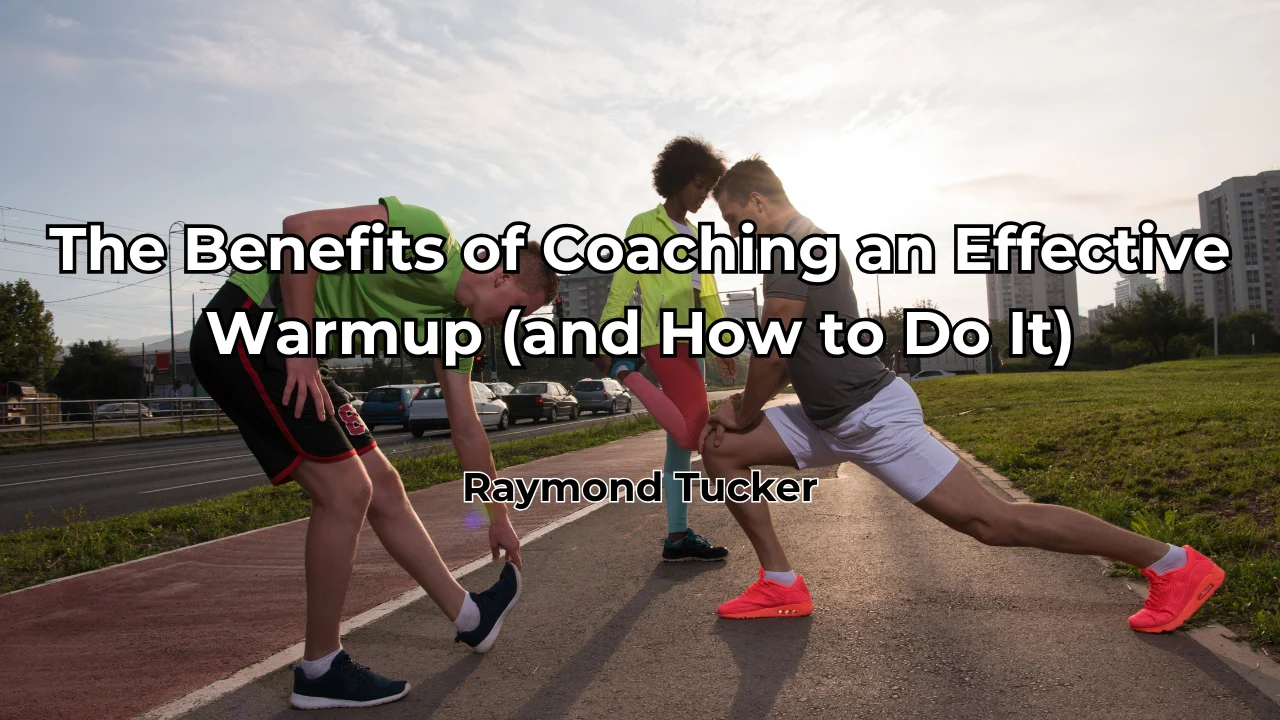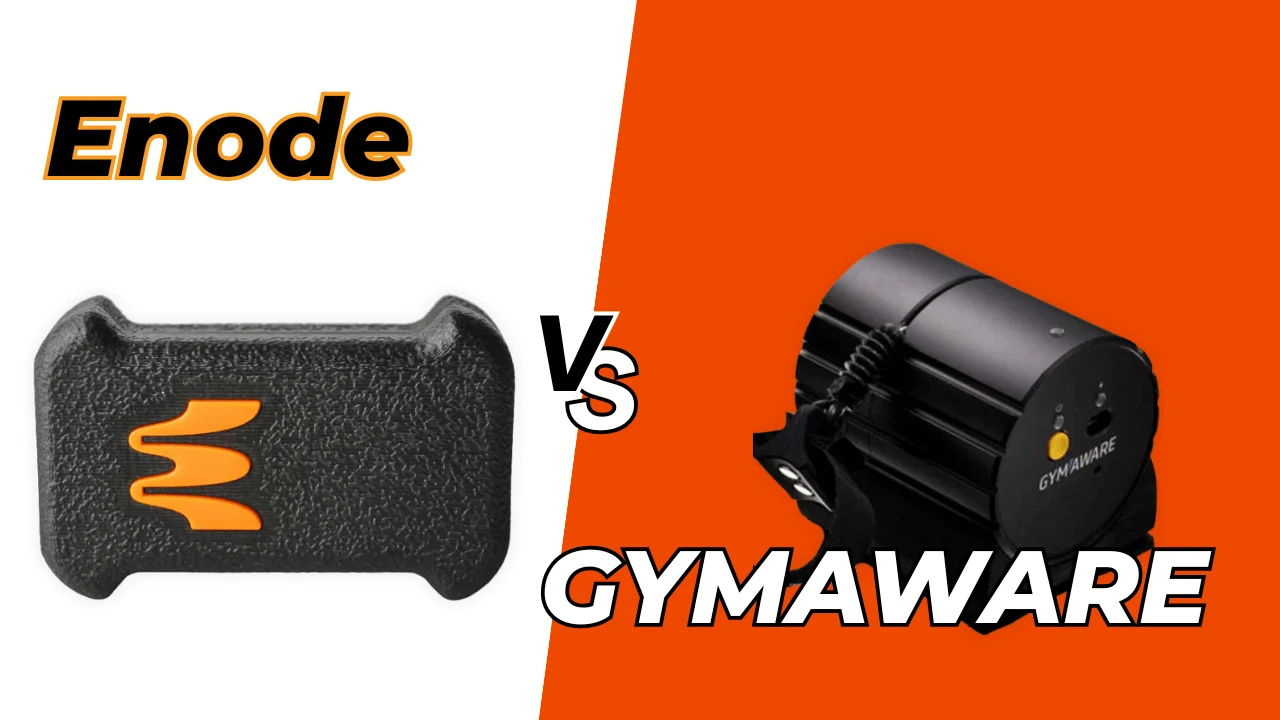The athletic fitness industry often overuses the title “pioneer.” While developing a creative way to perform dumbbell flys that target the upper-inner-deep pectorals is notable, that kind of contribution does not warrant such a title. Fleeting internet influencers aside, there are true pioneers in health and human performance who deserve recognition and our respect. One pioneer I had the opportunity to learn from is Guy Voyer, D.O., who passed away this year.
I’ve attended two of Voyer’s hands-on seminars—the first in New York and the second in Florida. The first focused on the squat exercise, while the second was a deep dive into knee function and rehabilitation. Voyer’s information in these seminars represented a paradigm shift in approaching athletic fitness training and corrective exercise. This was no surprise, as Voyer was on a different level than most sports medicine doctors with his unique ideas on physical medicine. Let me tell you why.
Voyer: The Early Years
Born in Paris, Voyer’s native language was French. He excelled in soccer, skiing, and gymnastics, and won a world championship in judo. Unfortunately, a severe eye injury restricted his future participation in sports.
Voyer studied under Dr. Ibrahim Adalbert Kapandji, the author of the classic textbook The Physiology of the Joints. Voyer’s formal academic studies led him to become a physical education teacher, physiotherapist, and osteopath—and he never stopped learning. Voyer’s continuing education studies included biomechanics, sports medicine, sports traumatology, sports biology, sports nutrition, physical medicine, massage therapy, and manual therapy. He was also involved in research projects on disk herniation and intervertebral disc compression.
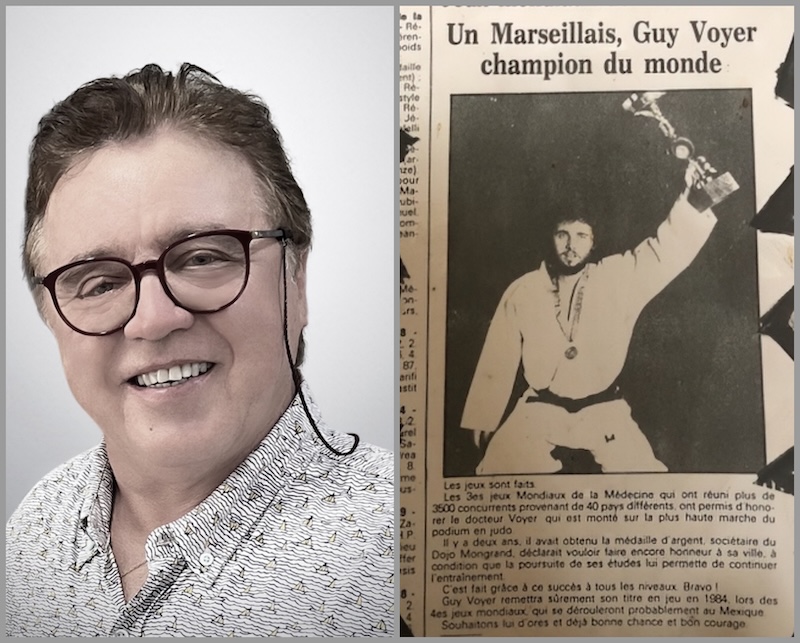
Pedagogy is the methodology of teaching, and Voyer’s interest in this field led to him earning a PhD in educational science. This educational background enabled him to design the curriculum for France’s most extensive and challenging personal training certification. At one time, approximately half of the country’s certified personal trainers completed Voyer’s program.
It would be an understatement to say that Voyer was passionate about anatomy. During a seminar at a prestigious teaching hospital in Canada, Voyer told the staff that their textbooks had omitted many essential tissues. He was then informed that a university faculty member wrote one of the anatomy textbooks. Voyer’s response? “Give me a leg!”
Voyer was escorted to the anatomy lab, accompanied by the teaching staff and students, where he dissected a limb. He showed them the missing tissues and explained their essential role in functional anatomy. To its credit, the school took immediate steps to correct the textbook errors and its teaching philosophy.
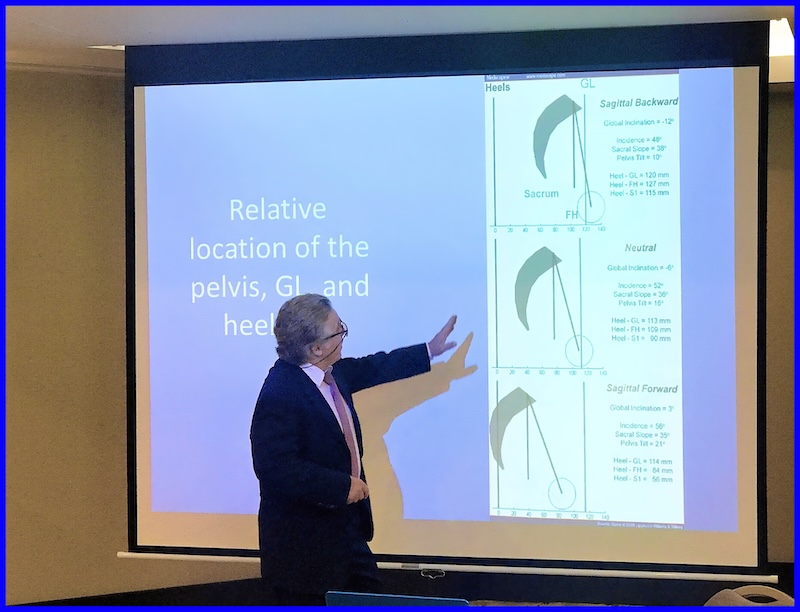
The Voyer Seminar Experience
Voyer’s squat seminar was an enlightening experience. Many of the trainers who attended, including me, revised their thinking on squatting technique. Here are a few of the technique variables he addressed:
- Neck posture
- Tension of the pharyngobasilar fascia
- Position of the bar on the shoulders
- Position of the hands
- Amount of force of the grip
- Degree of flexion of the trunk
- Coordination of the thoracic diaphragm
- Pelvic posture
- Amplitude of flexion of the ankle, knee, and hip joints
- Position of the knees
In addition to teaching optional squatting techniques for healthy individuals, Voyer showed us how to modify the exercises for those with knee, back, and hip pain. During the seminar, he provided X-rays, anatomical references, and mathematical formulas to support his methods.
Voyer believes a workout should involve more than squatting with progressively heavier weights. He said the body should be prepared for the exercise with a warm-up that fulfills three goals: cardio-respiratory heating, articular awakening, and muscular demands. To achieve all these goals, he shared with us a 13-step pre-squat warm-up (Image 3).
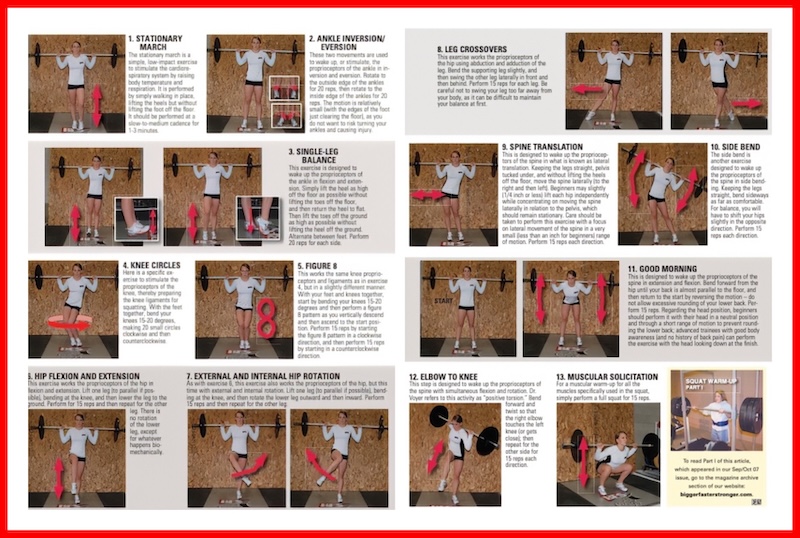
The second seminar I attended was in Florida. There, Voyer focused on the anatomy and biomechanics of the knee and unique treatment methods for common injuries. During his introductory lecture on anatomy, Voyer presented many ideas that contrasted with what I learned in my graduate anatomy classes.
Supporting his presentation with illustrations from a French anatomy textbook, Voyer broke down the quadriceps into these six, not four, major muscle groups:
- vastus intermedius
- vastus medialis longus
- vastus medialis obliquus
- vastus lateralis
- articularis genus
- rectus femoris
Voyer explained that the teardrop-shaped vastus medialis has two sections, the vastus medialis longus (VML) and the vastus medialis obliquus (VMO). The VML has diagonal fibers, so it is more involved in knee extension, whereas the VMO fibers have a more horizontal alignment, which causes the knee to be pulled inward. An isolation exercise for the VMO would be to sit on a bench, stabilize your upper leg, and rotate your lower leg diagonally as if kicking a soccer ball.
Although he spoke on many topics, Voyer’s presentations always included a discussion on fascia.
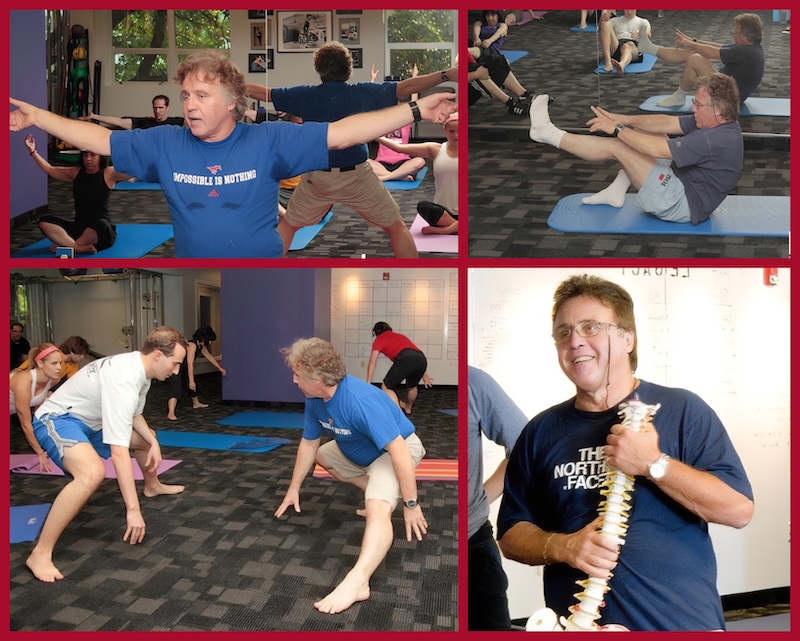
Everything Is Connected
Voyer described fascia as the “inner skin of the body,” connecting and shaping every muscle, organ, blood vessel, and nerve. His talent for dissection enabled him to map the fascial chains of the body to show how they influenced human movement. (For more on this topic, see the classic book Anatomy Trains: Myofascial Meridians for Manual Therapists and Movement Professionals by Thomas Myers).
Because fascia envelopes and intertwines with the muscle fibers, Voyer says it plays an essential role in determining each joint’s range of motion. If the fascia is injured, an athlete will lose power, strength, and flexibility, and their quality of movement will be adversely affected.
Voyer’s understanding of fascia led him to develop two forms of stretching. The first he called myofascial stretching, with “myo” meaning “muscle.” Myofascial stretching involves positioning the body in specific postures and contracting particular muscles to elongate these tissues.
Because fascia forms connections throughout the body, many muscles must be contracted to achieve the optimal effect. Let’s look at an example of how to stretch the fascia of the calves.
Voyer described fascia as the ‘inner skin of the body,' connecting and shaping every muscle, organ, blood vessel, and nerve. His talent for dissection enabled him to map the fascial chains to show how they influence movement. Share on XConsider the popular calf stretch where an athlete places their hands on a wall and positions one leg behind the other, back heel down. That exercise stretches the muscles. To stretch the fascia, you must create tension on the adjacent muscles in the link to pull and lengthen the fascia. With the leg extended to feel a slight stretch, you would tighten that leg’s glutes. (Warning, if you try this, begin with a gentle contraction, about 20 percent of max effort, as you could easily cause injury.)
Another category of fascia stretching, developed by Voyer, is Longitudinal Osteoarticular Decoaptation Stretching, commonly called ELDOA from the French Étirements Longitudinaux avec Decoaptation Ostéo Articulaire.
Spinal decompression is one of the most popular forms of back pain therapy. It is performed with a special bench that secures the patients with straps while a pulley system provides general traction on the spine. Among the issues treated are bulging and herniated disks and degenerative disk disease. I’m a believer.
About 20 years ago, one of my athletes got into a serious car accident that left her bedridden for weeks with several herniated disks. She faced major (and expensive) surgery. However, spinal decompression therapy enabled her to avoid surgery, and the following year, she won a state championship in weightlifting! With that endorsement, consider that ELDOA has many of the same benefits as spinal decompression therapy that uses machines, but without the expensive hardware.
ELDOA decompresses the spine, increasing the space between each vertebra. Further, through extensive research involving X-rays, using himself as the sole test subject, Voyer showed it’s possible to increase the space between each vertebral column segmentally. This means ELDOA can be used to treat many disk issues, improve spine proprioception, and increase the hydrating of the intervertebral discs.
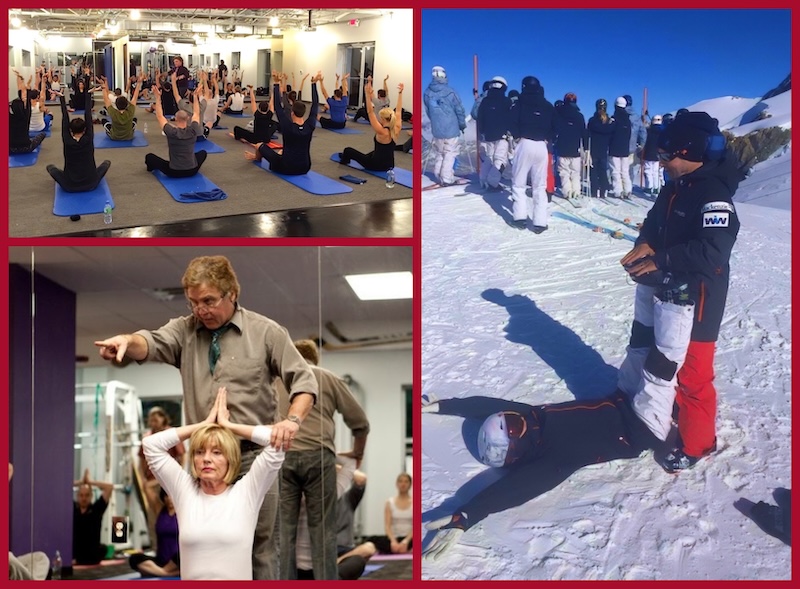
You can see why many physical medicine trainers are interested in Voyer’s stretching method. Because “bones don’t have brains,” this stretching method might help a client keep a chiropractic adjustment longer.
As a bonus, Gagné says he has noticed that myofascial stretching and ELDOA has increased his athletes’ ability to recover from exercise. This effect enables athletes to increase the intensity and length of their conditioning programs and sports training sessions.
Voyer’s seminars always left the attendees teasers of numerous other cutting-edge therapy and training methods, and many would come back for additional seminars to take his extensive certificate programs. Los Angeles-based chiropractor Dr. Justin Dean attended several of Voyer’s courses and used many treatment methods in his practice. He described Voyer as “a genius” and said, “He doubled my skill set within just a few years.” Let me give you an example.
In the New York presentation, Voyer gave us a brief demonstration of osteo-articular pumping. This manual therapy treatment dramatically reduces swelling by facilitating joint fluid movement. This method contrasts with ice treatment, which has been the subject of controversy in recent years because of the theory that it can interfere with the body’s natural healing process. (For more on this topic, check out ICED!: The Illusionary Treatment Option by Gary Reinl.)
Video 1. Daniel Hellman, MSPT, is a personal trainer who co-taught with Voyer. In this video, he demonstrates osteo-articular pumping. (Video courtesy h3bydan.com)
One person with unique insight into Dr. Guy Voyer’s mind and methods is posturologist and strength coach Paul Gagné. Gagné met Voyer in 1996, attending a 40-hour Somatotherapy course with his colleague Yves Ethier. It was a challenging course as the attendees were primarily osteopaths or others with extensive knowledge of anatomy.
Because Voyer spoke a different French dialect than Gagné, it was even more difficult for him to follow the presentation. Thirty minutes into the seminar, Gagné considered quitting. Eventually, he formed a bond with Voyer, and Gagné became one of his instructors for numerous courses.
If there is one consistent theme in Dr. Guy Voyer’s body of work, it’s that he stressed the importance of understanding not just HOW a therapy or exercise works but also WHY it should work, says Kim Goss. Share on XGagné helped expand Voyer’s audience, convincing him to dumb down some of the material for non-therapists, and introduced Voyer to many elite athletes. I’ve had many long, enlightening conversations with Gagné about Voyer’s work and shared some of these ideas in articles. However, nothing beats an in-person seminar with an instructor trained by Voyer, and I treasure the two seminars I was able to attend with this sports medicine pioneer.
If there is one consistent theme in Dr. Guy Voyer’s body of work, it’s that he stressed the importance of understanding not just how a therapy or exercise works but also why it should work. He also believed it was important to be flexible in adapting his techniques to the individual. “It is not one size fits all,” says Voyer. “I will show you a method, but you need open eyes because you will have to apply it.”
Since you’re here…
…we have a small favor to ask. More people are reading SimpliFaster than ever, and each week we bring you compelling content from coaches, sport scientists, and physiotherapists who are devoted to building better athletes. Please take a moment to share the articles on social media, engage the authors with questions and comments below, and link to articles when appropriate if you have a blog or participate on forums of related topics. — SF
References
Goss, Kim. “A New Look at Squatting, Part II,” November-December 2007, Bigger Faster Stronger, pp 52-55.
Dean, Justin. Facebook, drjustindean.com, June 25, 2024.
Note 1: The expression “Bones don’t have brains” appears to be attributed to holistic health practitioner Paul Chek.
Note 2: Currently, there are four schools of Dr. Guy Voyer’s teachings: ELDOA™, SomaTraining, SomaTherapy, and Manual Etiotherapy/Osteopathy. The website SomaVoyer.com offers a calendar of scheduled courses developed by Voyer. Additional resources for Voyer’s courses in the USA include Legacy Sport and Wellness Center in Dallas, Texas (Legacyperformwell.com), ELDOAUSA in Seal Beach, California (eldoausa.com), LINKPro Education in Newport Beach (linkmedicalcenter.com), and FEET-NESS in New York City, New York (feet-ness.com).

